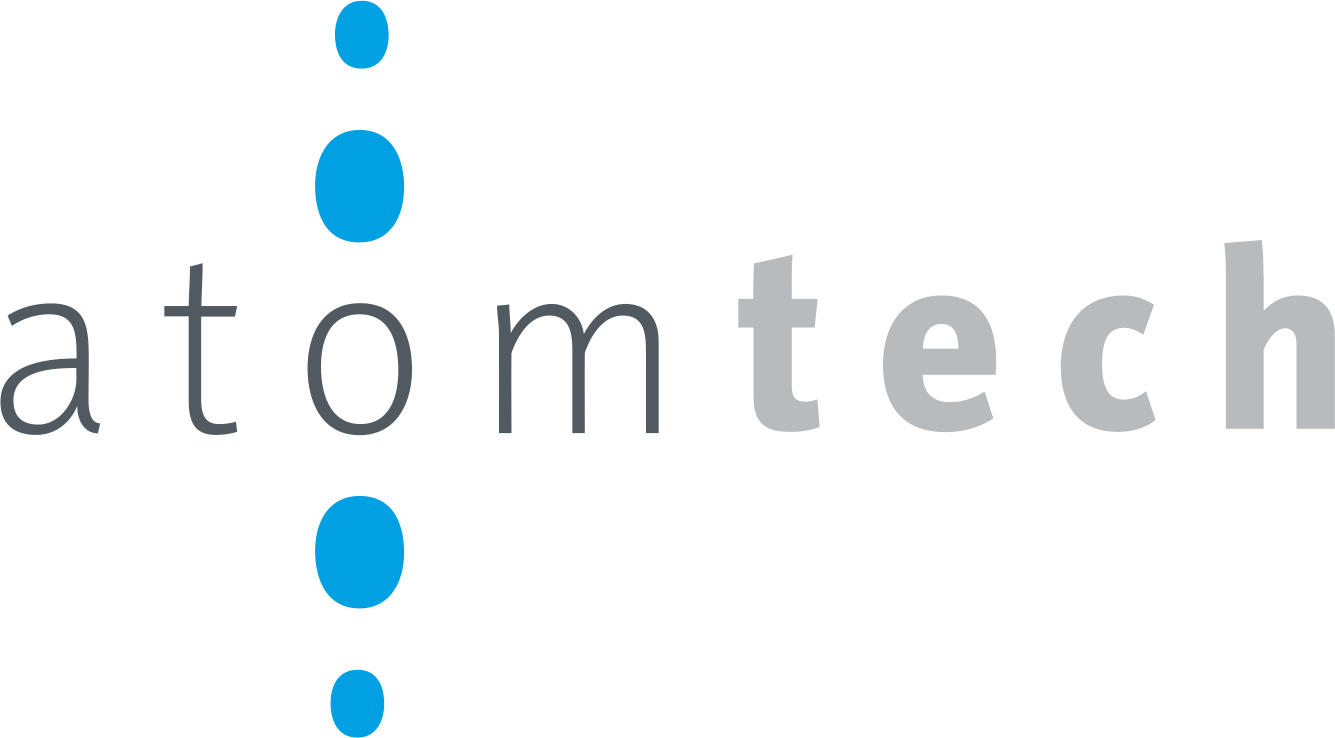Length
Classroom: 3 days + exam
Virtual training: 4 days + exam
Overview
Hands-on training to boost developer productivity powered by Red Hat OpenShift
Red Hat OpenShift Development I: Containerizing Applications (DO288) enhances understanding of containers as a key technology for configuring and deploying applications and microservices. As the second course in the OpenShift development track, this offering will teach you how to design, build, and deploy containerized software applications to an OpenShift cluster.
Whether you’re writing container-native applications or migrating existing brownfield applications, you’ll learn how to boost developer productivity powered by Red Hat® OpenShift Container Platform, a containerized application platform that allows enterprises to manage container deployments and scale their applications using Kubernetes.
This course is based on Red Hat OpenShift Container Platform 4.5.
Course content summary
Manager and trigger application builds.
Customize an existing source-to-image base image.
Create an OpenShift template.
Create health checks to monitor and improve application reliability.
Create and deploy a Jenkins pipeline for continuous integration and continuous deployment.
Create and deploy cloud-native application for OpenShift.
Audience
Enterprise application developers
Site reliability engineers
Prerequisites
Red Hat recommends these prerequisites:
Complete the DO180 Introduction to Containers, Kubernetes, and Red Hat OpenShift, or have equivalent knowledge
Being a Red Hat Certified System Administrator or having earned a higher certification is helpful for navigation and usage of the command line, but is not required
Course Outline
Deploy and manage applications on an OpenShift cluster
Deploy applications using various application packaging methods to an OpenShift cluster and manage their resources.
Design containerized applications for OpenShift
Select a containerization method for an application and create a container to run on an OpenShift cluster.
Publish enterprise container images
Create an enterprise registry and publish container images to it.
Manage building applications
Describe the OpenShift build process, in addition to triggering and managing builds.
Customize source-to-image builds
Customize an existing S2I base image and create a new one.
Create applications from OpenShift templates
Describe the elements of a template and create a multicontainer application template.
Manage application deployments
Monitor application health and implement various deployment methods for cloud-native applications.
Implement CI/CD pipelines in OpenShift
Create and deploy Jenkins pipelines to facilitate continuous integration and continuous deployment (CI/CD) with OpenShift.
Build cloud-native applications on OpenShift
Create and deploy cloud-native applications on OpenShift.
